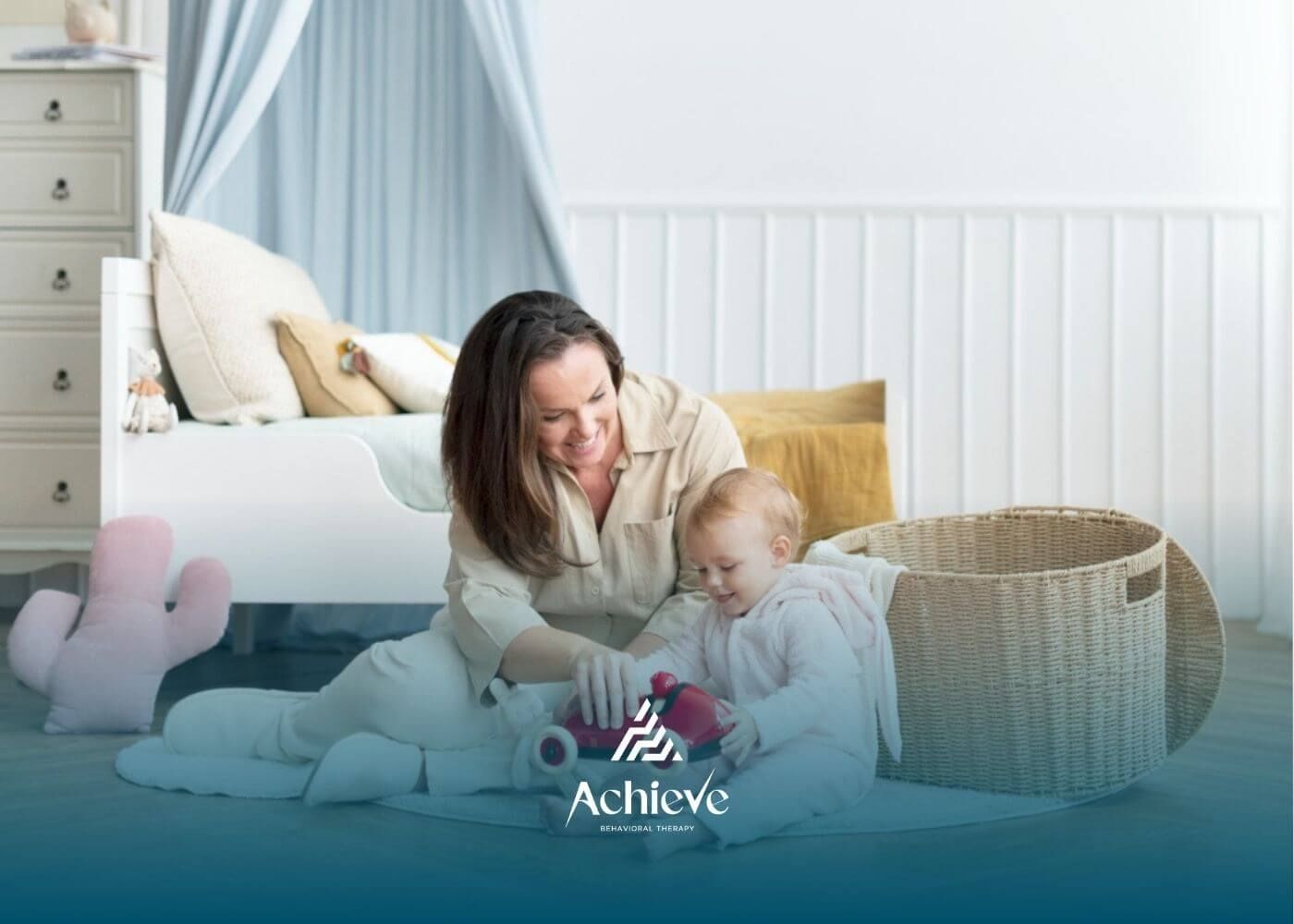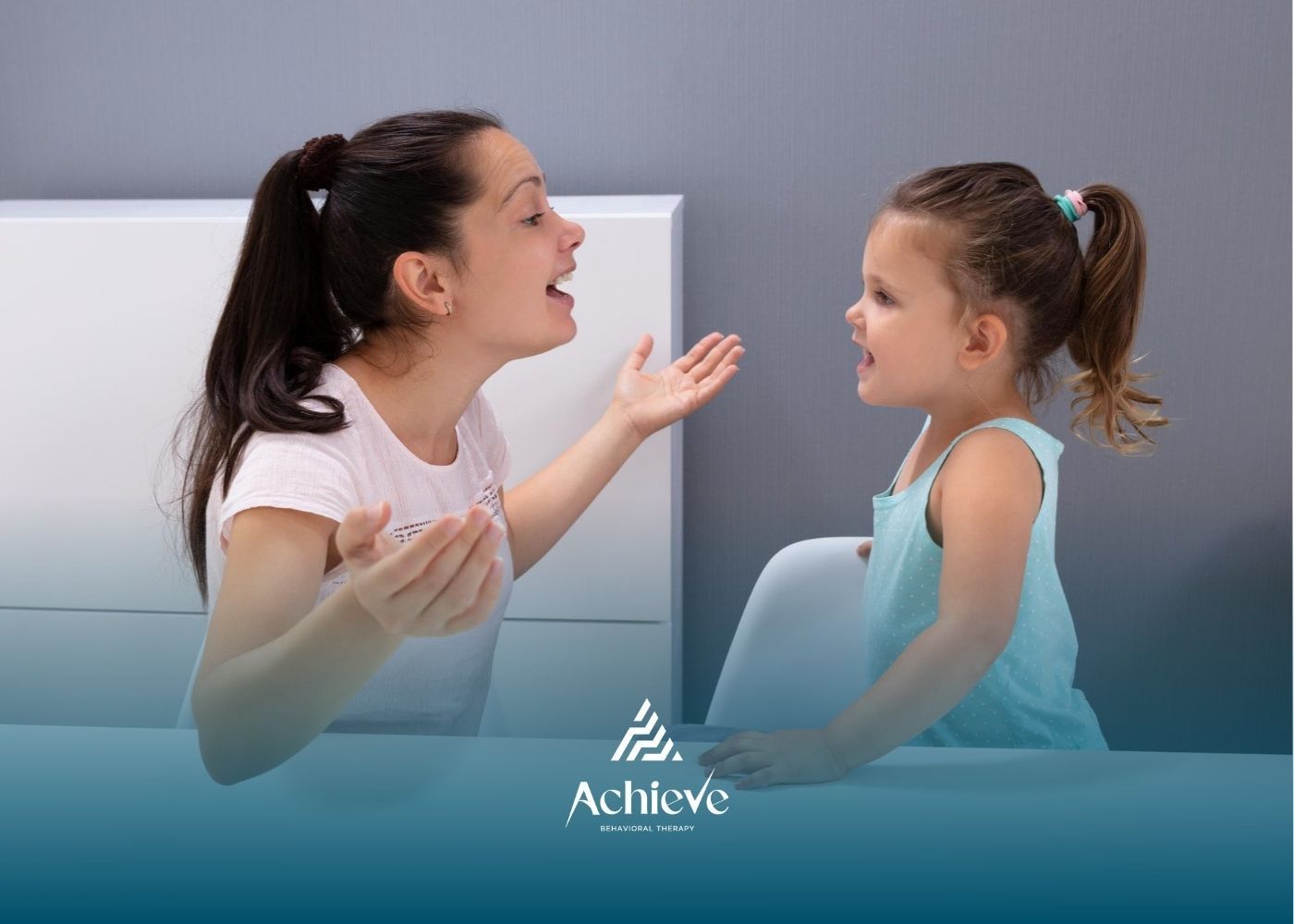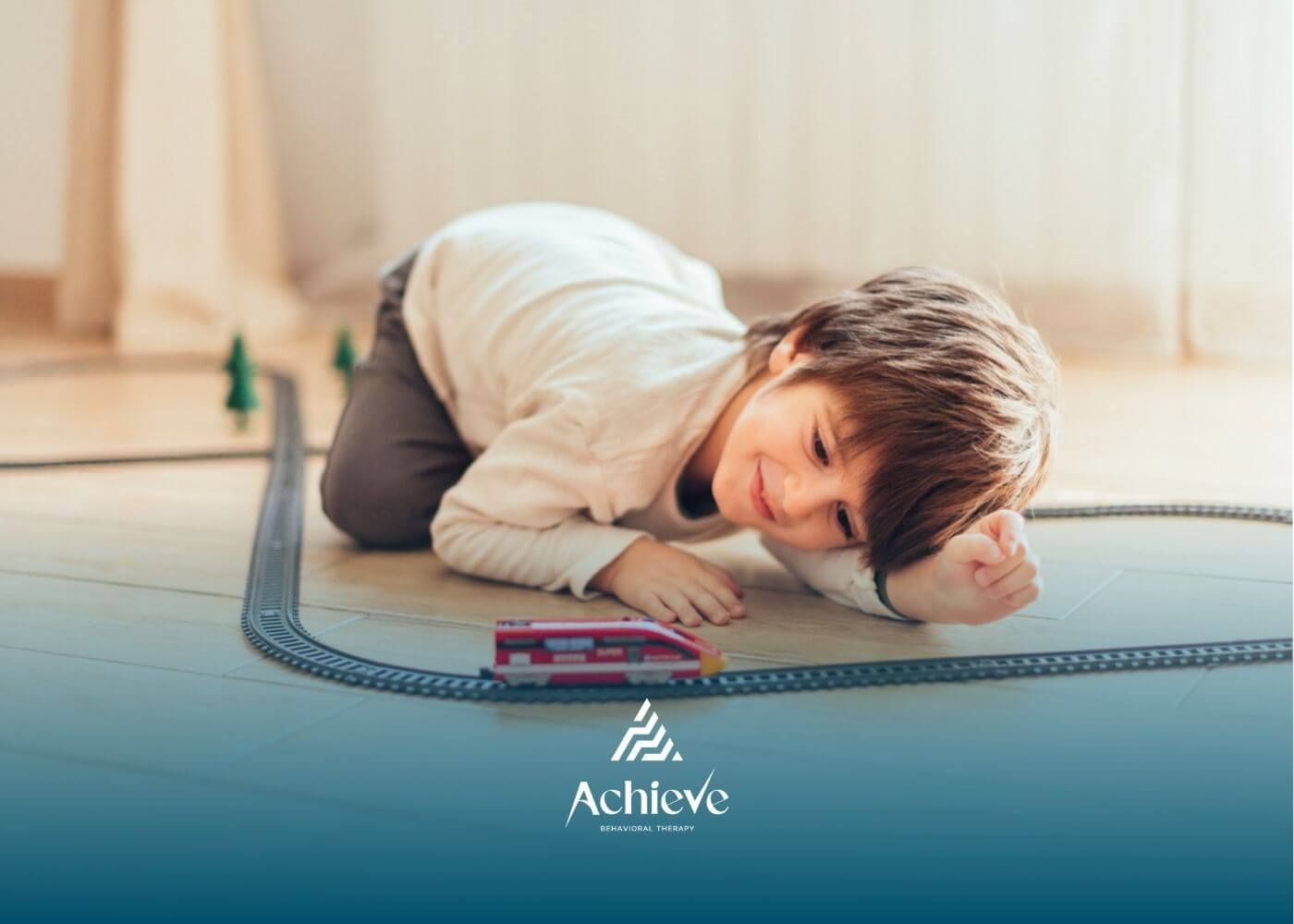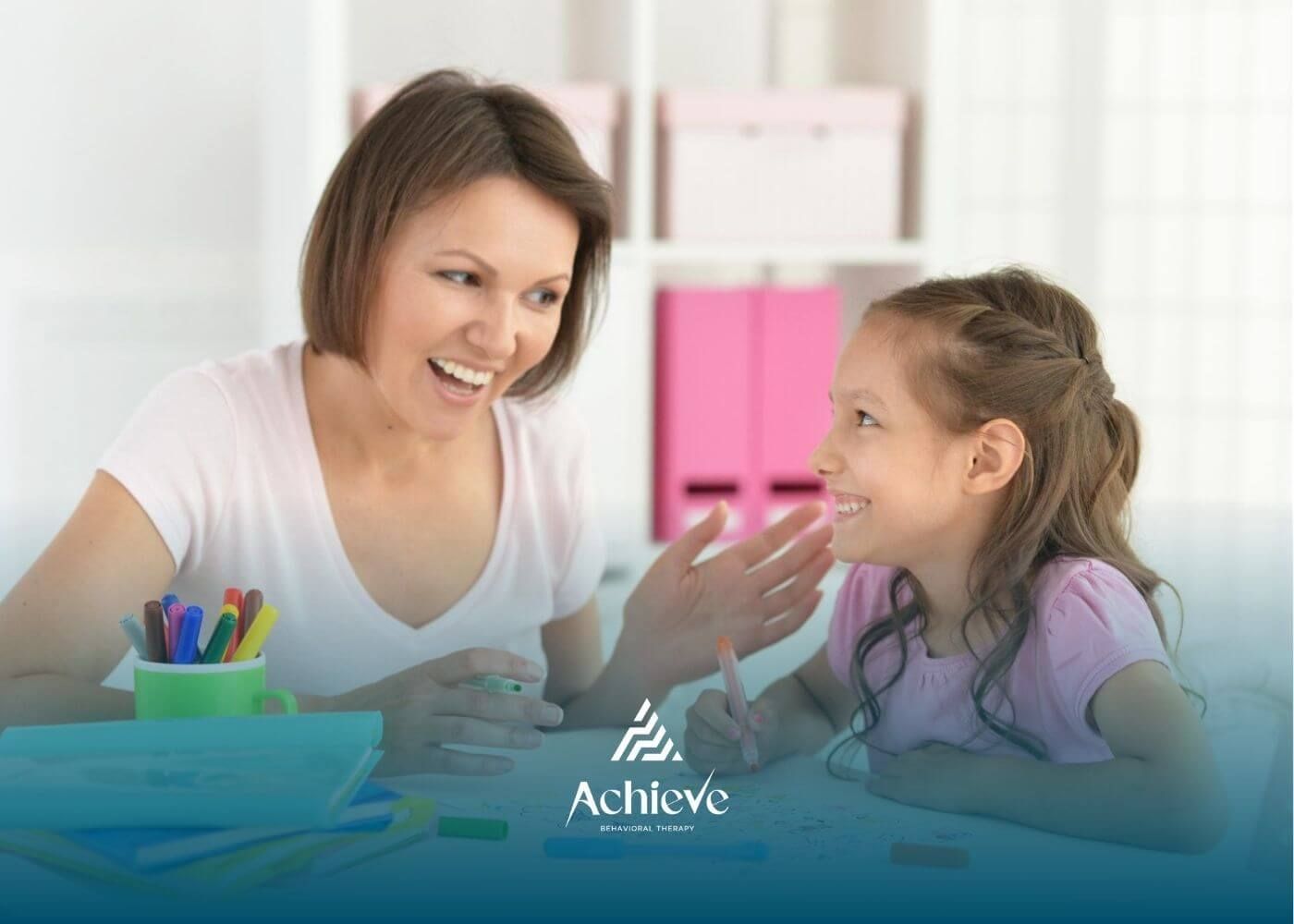Minecraft and Autism: Building Skills Through Play
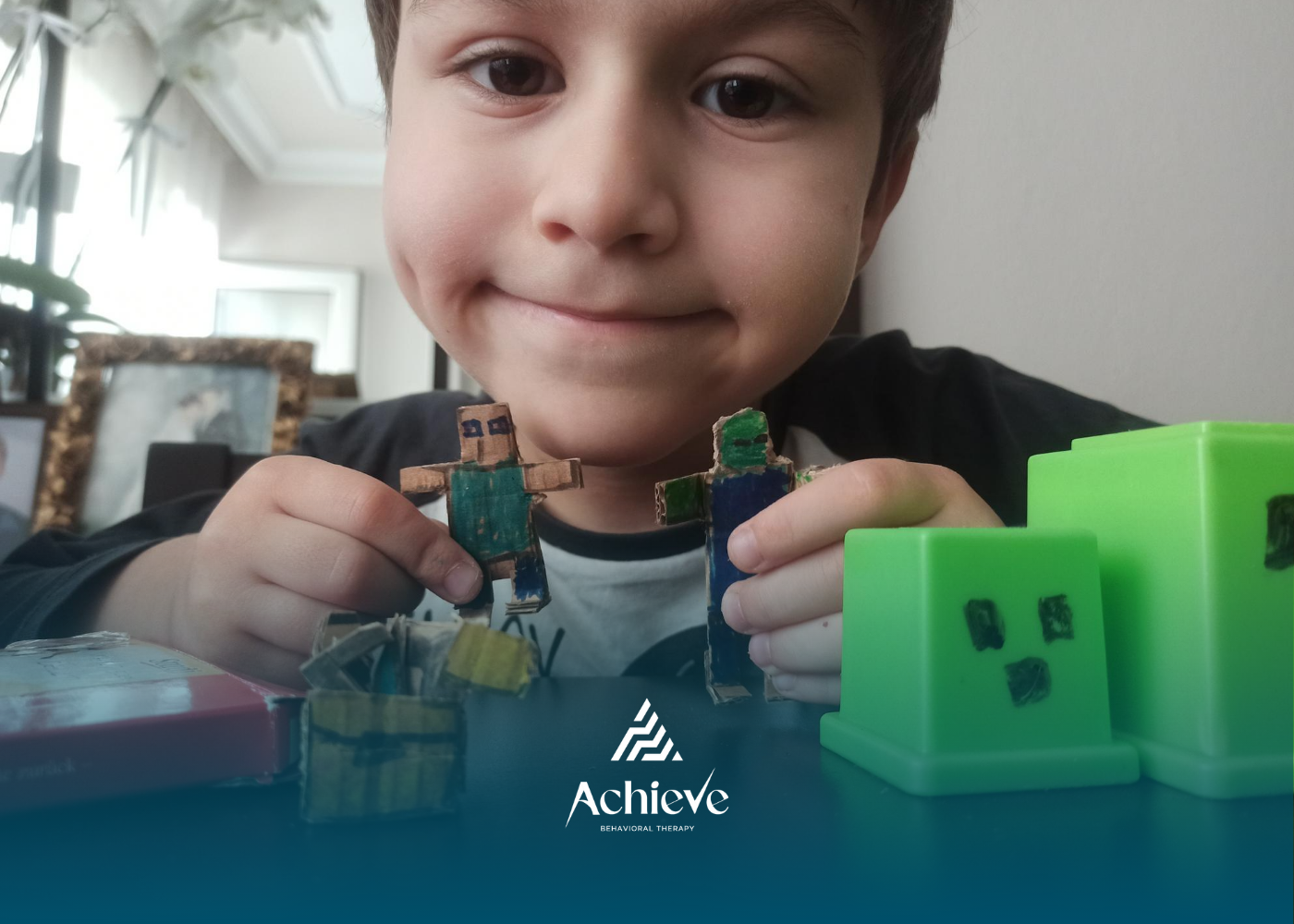
Key Highlights
- Minecraft is a powerful tool for helping children with autism develop social, cognitive, and emotional skills.
- The open-ended world of Minecraft encourages creativity, problem-solving, and independence.
- Structured gameplay and social servers provide opportunities for safe interaction and teamwork.
- Therapists and educators are increasingly using Minecraft as a learning and therapeutic resource.
- Parents can use Minecraft to build connections and teach real-world skills through virtual play.
For many children with autism, finding a comfortable way to express themselves, interact with others, and engage in imaginative play can be challenging. However, digital platforms like Minecraft have opened up new avenues for learning and social development.
Minecraft—a sandbox video game where players build, explore, and create in an open virtual world—has become more than just entertainment. For individuals on the autism spectrum, it can serve as a therapeutic and educational tool that promotes communication, cooperation, and creativity in a low-stress environment.
This blog explores how Minecraft benefits children with autism, how therapists and educators use it to support learning, and how parents can make gameplay a positive part of their child’s development.
Why Minecraft Appeals to Children with Autism
Minecraft’s structure and simplicity make it an ideal environment for children with autism. It provides predictability, creativity, and control—three elements that many autistic players find comforting and engaging.
Here’s why Minecraft is particularly appealing:
- Clear Rules and Predictable Systems: The game follows consistent logic, reducing anxiety and uncertainty.
- Freedom to Create: Players can build anything they imagine, fostering creativity and confidence.
- Safe Social Interaction: Multiplayer modes allow connection with others without face-to-face pressure.
- Focus and Flow: The game’s immersive nature promotes focus, offering an outlet for deep interests and concentration.
- Visual Learning Environment: Many children with autism are visual learners, and Minecraft’s block-based visuals align well with this learning style.
How Minecraft Supports Key Developmental Areas
Minecraft can enhance a wide range of developmental and therapeutic goals for children with autism. Below are some of the most notable benefits.
1. Encourages Social Interaction and Teamwork
Playing on Minecraft servers or in multiplayer mode allows children to:
- Collaborate on building projects
- Communicate through chat or voice
- Share ideas and take turns
- Work toward common goals
Unlike unpredictable real-world settings, Minecraft provides controlled social interaction, helping children learn communication and cooperation skills at their own pace.
Tip: Parents can start with private or “whitelisted” servers where only friends or family can join. This provides a safe, monitored environment for social learning.
2. Builds Communication Skills
Minecraft naturally encourages players to explain ideas, negotiate, and problem-solve. Even nonverbal children can participate by using signs, symbols, or written messages within the game.
Therapists and teachers often use Minecraft to teach:
- Turn-taking and sharing
- Perspective-taking (“How will my teammate build this?”)
- Expressive language skills (describing builds, plans, or actions)
3. Promotes Emotional Regulation
The calming, repetitive actions of building, mining, and organizing can help children manage stress and anxiety. When frustrations arise (for example, when a structure is destroyed or a goal isn’t met), therapists can use these moments to practice emotional regulation and coping strategies.
| Challenge | Opportunity for Growth |
|---|---|
| Losing resources or items | Practicing patience and problem-solving |
| Changes in the game environment | Building flexibility and adaptability |
| Multiplayer disagreements | Learning conflict resolution |
Minecraft helps children navigate emotional experiences in a setting where consequences are manageable and safe.
4. Enhances Problem-Solving and Critical Thinking
Minecraft encourages logical reasoning and creative problem-solving. Players must plan, gather resources, and make decisions to achieve their goals.
Children learn to:
- Break large tasks into smaller steps
- Predict outcomes and plan ahead
- Think strategically and flexibly
These cognitive skills are transferable to real-life problem-solving, academics, and daily routines.
5. Encourages Independence and Self-Confidence
Minecraft allows players to explore at their own pace and make independent choices. For children with autism—who may struggle with control in everyday situations—this autonomy is empowering.
Completing projects or mastering new skills within the game reinforces a sense of competence and confidence, which can positively impact self-esteem outside the virtual world.
6. Supports Visual-Spatial and Fine Motor Skills
Minecraft’s building mechanics improve spatial reasoning, coordination, and fine motor skills. Navigating the 3D environment requires awareness of space, structure, and movement—skills that are beneficial for academic learning, especially in STEM-related fields.
Minecraft as a Therapeutic and Educational Tool
Professionals across the education and therapy fields are recognizing the potential of Minecraft as an intervention platform for autism.
In Therapy Settings:
Behavioral therapists and counselors use Minecraft to teach social and emotional skills. It provides real-world teaching moments within a virtual space.
For example:
- A therapist might guide a child through building a house together, emphasizing communication and cooperation.
- When a child becomes upset during gameplay, the therapist can model calming strategies and discuss emotions afterward.
In Educational Settings:
Many schools use Minecraft: Education Edition, which includes lesson plans that promote collaboration, creativity, and problem-solving.
Teachers can adapt lessons to a student’s interests—helping autistic students stay engaged and motivated.
| Skill Area | How Minecraft Helps |
|---|---|
| Social Skills | Cooperative projects and communication tasks |
| Math and Science | Measurement, geometry, circuitry (using Redstone) |
| Language Arts | Storytelling and descriptive writing |
| Executive Functioning | Planning, organization, and goal-setting |
Balancing Screen Time and Healthy Play
While Minecraft offers numerous benefits, it’s essential to maintain balance. Excessive play can lead to hyperfixation or interfere with sleep, schoolwork, and social engagement outside the game.
Tips for Maintaining Healthy Balance:
- Set time limits: Schedule playtime around other responsibilities.
- Co-play: Join your child in the game to encourage communication and shared experiences.
- Use it as a reward: Incorporate Minecraft into daily routines as positive reinforcement for completing tasks.
- Encourage real-world connections: Link in-game experiences to offline learning (e.g., building with Legos or drawing their Minecraft world).
Parent Tips for Making Minecraft a Positive Experience
- Understand the Game: Spend time exploring Minecraft yourself to understand what your child enjoys.
- Create Safe Boundaries: Use private servers and parental controls to ensure a secure environment.
- Integrate Learning Goals: Turn gameplay into opportunities for math, reading, or teamwork lessons.
- Encourage Storytelling: Ask your child to explain what they built and why—it promotes expressive communication.
- Celebrate Achievements: Acknowledge milestones in the game to reinforce confidence and motivation.
Minecraft and ABA Therapy
ABA therapy (Applied Behavior Analysis) focuses on teaching new skills, improving behavior, and promoting social and emotional growth. Integrating Minecraft into ABA sessions can make learning more engaging and relatable for children on the spectrum.
How ABA Therapy Can Use Minecraft:
- Skill Generalization: Applying in-game communication skills to real-life settings.
- Motivational Reinforcement: Using Minecraft as a reward to encourage participation in therapy tasks.
- Social Scenarios: Simulating teamwork and collaboration through group play.
- Behavioral Tracking: Observing reactions to frustration, teamwork, and success in real time.
ABA therapists can use Minecraft as both a teaching tool and a motivational platform—turning play into meaningful, skill-based learning.
Final Thoughts
Minecraft offers more than entertainment—it’s a bridge between the digital and emotional worlds for many children with autism. Structured play promotes creativity, communication, confidence, and connection.
When guided thoughtfully, Minecraft becomes a tool for empowerment—helping children explore, learn, and express themselves in ways that feel natural and fulfilling.
At Achieve Behavioral Therapy, we believe in using every opportunity to support children’s growth and happiness. By integrating technology like Minecraft into ABA therapy, we help children on the spectrum develop vital life skills while having fun along the way. Contact us today!
Frequently Asked Questions
Is Minecraft good for children with autism?
Yes. Minecraft provides a structured yet creative environment where children can build social, communication, and problem-solving skills in a safe, engaging way.
Can Minecraft be used in therapy for autism?
Absolutely. Many therapists incorporate Minecraft into sessions to teach cooperation, emotional regulation, and executive functioning through play.
How much screen time is healthy for children who love Minecraft?
Moderation is key. Limit gameplay to balanced, structured sessions—typically one to two hours per day, depending on the child’s age and responsibilities.
What version of Minecraft is best for learning?
Minecraft: Education Edition is specifically designed for educational and therapeutic use, offering structured lessons and collaboration features.
How can parents make Minecraft more social?
Parents can encourage cooperative play with trusted friends, join child-friendly servers, or play alongside their child to model communication and teamwork.
Sources:
- https://pmc.ncbi.nlm.nih.gov/articles/PMC10958151/
- https://www.autismspeaks.org/social-skills-and-autism
- https://autism.org/autism-and-anxiety/
- https://pmc.ncbi.nlm.nih.gov/articles/PMC8287053/
- https://partner.projectboard.world/oas/project/does-playing-minecraft-increase-iq-rmeoxq
Need Support?
We're Here to Help!
Our experienced team is ready to assist you. Reach out today to discuss how we can support your child's development and well-being.
Get started with expert ABA therapy today.






